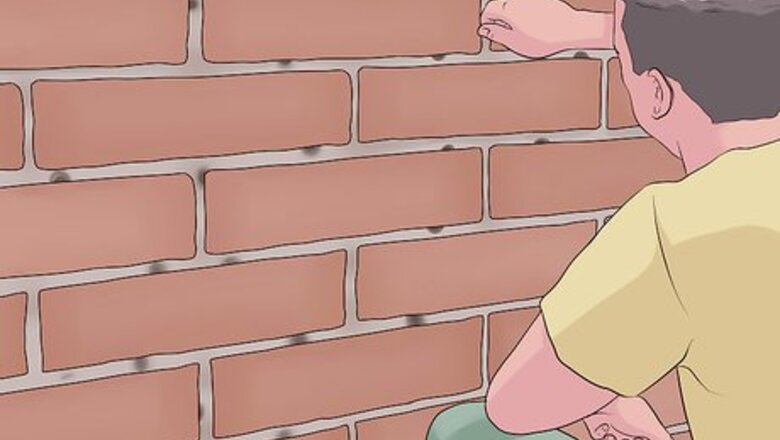
views
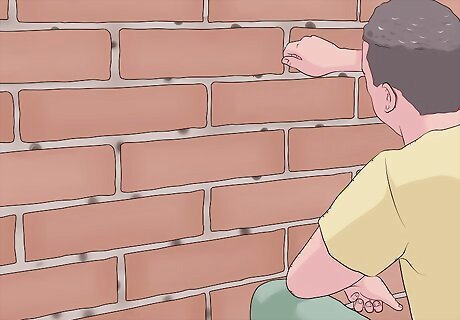
Assess the situation. The first step is to assess the area where damaged mortar will need to be replaced.
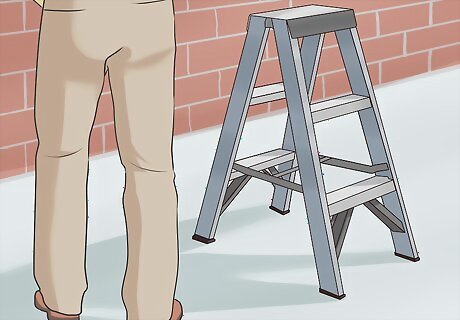
Set-up. Using appropriate equipment(Ladders, scaffolding, aerial lifts etc.), set up to reach the area safely.
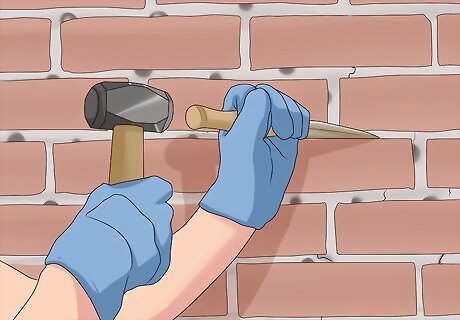
Do grinding/joint removal. After set-up or if none is needed, the joints will need to be removed. Joint removal can be done in a variety of ways. A hammer and chisel, a raker bar (a specialized tool for the trade) or with a 4" angle grinder with a diamond masonry blade.
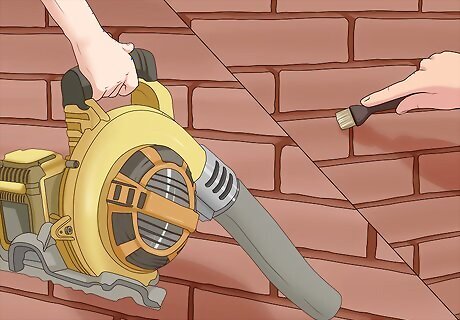
Clean open joints. Once the joints are removed, the joints will need to be cleaned to remove dirt and debris left over from the joint removal process. This allows for better bonding of new mortar to old brick. Cleaning is done with a masonry brush, a hose or by blowing the joints clean with a leaf blower.
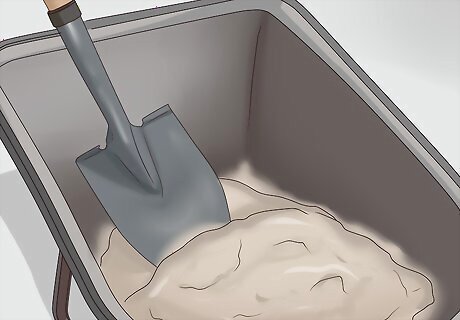
Mix mortar. Mix premix mortar in wheelbarrow with hoe to specifications on product bag. The mortar must be weaker than the bricks, or it will destroy the bricks over time.

Tuckpoint. Cleaned joints are ready to tuckpoint. Use a joiner or tuckpointing trowel to push mortar into the wall from a hawk board. Make sure the tool you are using is appropriate for the size of the joints.
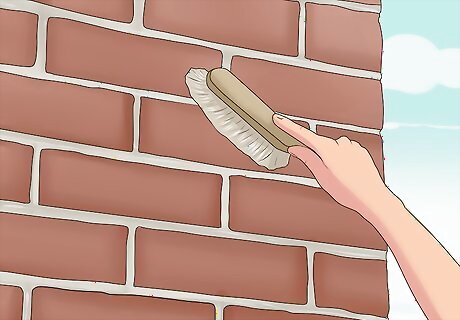
Do the brush work. Allow the mortar to cure for a short while, enough so that it has little moisture but is still pliable, then Brush excess mortar from the wall for a finished product.
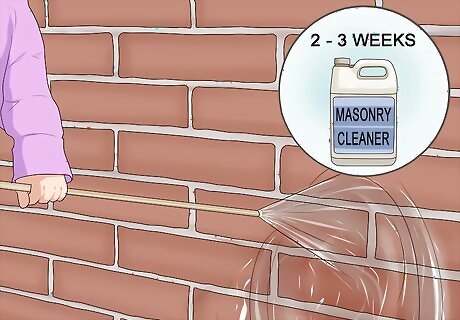
Clean. Apply a masonry cleaner 2-3 weeks after completion of the work to remove any residual haze left over from the tuckpointing
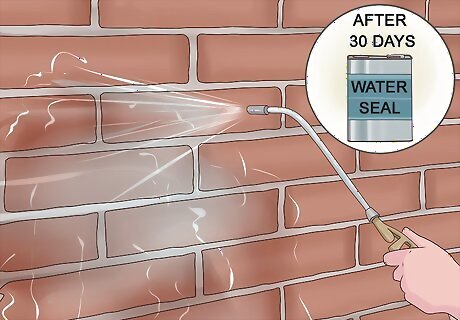
Seal. After 30 days a sealer may be applied but is not necessary.












Comments
0 comment